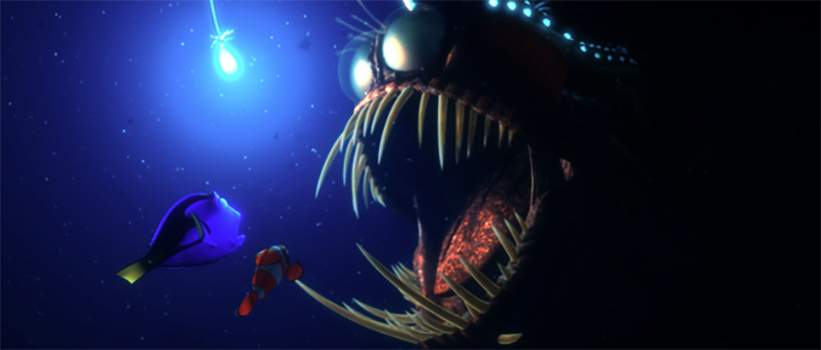Seeing in dim-light conditions: a deep-sea fish perspective
Speakers
Event series
Content navigation
Description

Contrary to what most people think, the deep-sea is not a completely dark environment and vision is often one of the main sense used by its inhabitants. The visual environment in the deep-sea is driven by two main sources of light, the residual downwelling sunlight present in the first 1000 m, and bioluminescence produced by the organisms themselves at all depths. However, to function in such dim conditions, the eyes of deep-sea organisms had to adapt, sometime in very extreme and surprising ways. After giving a brief introduction to the deep-sea environment and the common visual adaptations found in deep-sea fishes, I will focus this talk on three novel visual solutions that challenge our current views of the vertebrate visual system, as well as the ecology and behaviour of deep-sea organisms. These three discoveries form the base of my DECRA project, which I will then introduce and discuss.
Location
Eucalyptus Seminar Room (S2.05), Level 2, RN Robertson Building (46), ANU
